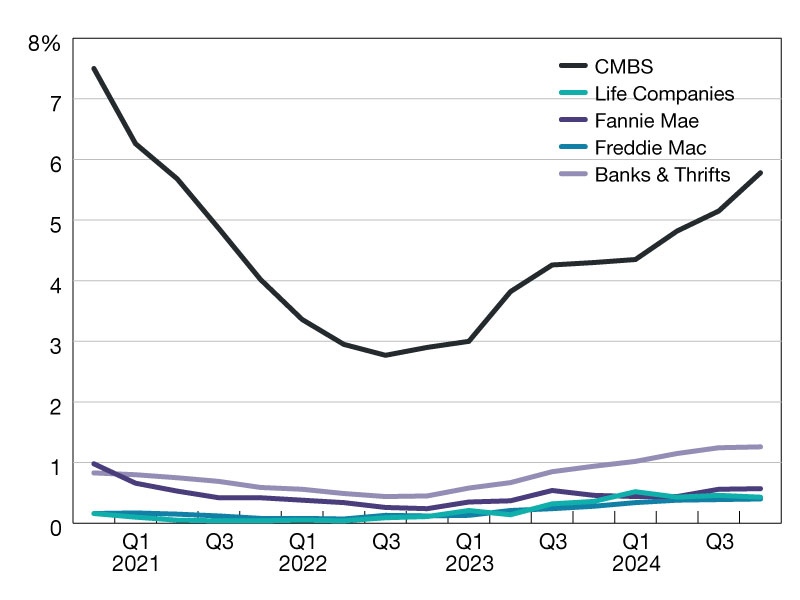Update: Fire Protection Consultant to Work with Monte Carlo Casino and Resort
Following a study ordered by the Clark County Development Services’ Building Division, the Monte Carlo Casino, and Resort in Las Vegas was instructed to work with a Nevada-registered fire protection engineer to determine how to address parts of the building’s facade that were treated with a non-fireproofed lamina. “We wanted to examine the totality of…
Following a study ordered by the Clark County Development Services’ Building Division, the Monte Carlo Casino, and Resort in Las Vegas was instructed to work with a Nevada-registered fire protection engineer to determine how to address parts of the building’s facade that were treated with a non-fireproofed lamina. “We wanted to examine the totality of the incident and we needed to determine if any of the materials contributed or exacerbated the spread of the fire because they clearly didn’t cause it,” Ron Lynn, director of development for Clark County, told CPN. “Having found that there are some relatively minor discrepancies that need to be addressed including a lamina that wasn’t fireproofed.” Hughes Associates, Inc. of Baltimore prepared a report for the Clark County Development Services’ building division to assist in determining the materials that were involved in the fire and their role. According to fire investigators, the fire was started on the roof as workers used a hand-held torch to cut some metal. In response to public reports to the contrary, the EIFS Industry Members Association (EIMA) stated that the Hughes Associates report indicated that Exterior Insulation Finish Systems (EIFS), while involved in the fire, was not the primary contributor to the spread of the fire on the Monte Carlo. “In analyzing the distinction between different products and systems applied to the exterior of a building, and the different effects of fire on each, any exterior wall cladding material constructed without one or more components that make up true, fire-tested EIFS are simply not EIFS,” said Stephan E. Klamke, EIMA’s Executive Director. “EIMA has consistently maintained that any such decorative materials must be both fire-tested and installed in accordance with its manufacturer’s recommendations.” Based on tests and analysis by MVA Scientific Consultants, the lamina in some areas was found to be approximately one to two millimeters thinner than it should be and some decorative elements did not have lamina encasing the foam. Lamina is an exterior coating that is made of a base coat, a layer of fiberglass mesh, and a top finishing coat, according to the report. The thin lamina of the EIFS did not comply with manufacturer guidelines, as required by code. These issues may affect the durability of these elements but, unlike the use of non-approved resin or other coatings, did not exacerbate the fire. Tests on the foam showed it was fire retardant, as required, according to information provided by Clark County. The analysis also revealed that the wrong kind of resin or coatings were used on two decorative bands. The resin used there is more flammable than the approved coatings used elsewhere on the building. This played no role in how the fire started, but affected how quickly the fire spread after it reached the decorative bands. In a similar manner, other coating systems were used that also affected how quickly the fire spread. “There is no reason to believe that any other structure used this paint and it was only in the one location on the building,” Lynn said, adding that, “We want to know if any additional precautions need to be taken with this lamina since we have a dry and hot arid climate.” Because of these findings, the county is requiring MGM Mirage Corp. to hire a Nevada-registered fire protection engineer to recommend how to address the issues noted in the analysis, Dan Kulin, a Clark County spokesman, told CPN. Although it is too early to say exactly what the recommendations may be, they could range from painting certain areas to replacing some decorative pieces. “We will immediately look into county’s findings. Per the county’s direction we will engage a certified analyst to further examine the materials in question. We will submit any recommendations to the County to discuss mitigation, if necessary. The Monte Carlo was built 16 years ago by a previous owner, so we may be able to take advantage of new construction techniques that were unavailable in 1992,” according to a statement released by MGM Mirage. Some rooms on the upper two floors – the high roller suites – are still under renovation, but should be open by the end of the year, Gordon M. Absher vice president of public affairs for MGM Mirage, told CPN. “Prior to the fire, we had scheduled a complete renovation from head to toe and this simply accelerated the renovations for our high roller suites. Most of the rooms impacted by the fire are already back in inventory,” he added. The hotel has 3,002 guest rooms and opened in 1996 at an original cost of $344 million. A $19 million room renovation was completed in August 2004. The Monte Carlo Resort and Casino is a wholly owned subsidiary of MGM Mirage, which owns and operates 17 properties located in Nevada, Mississippi and Michigan, and has 50 percent investments in four other properties in Nevada, New Jersey, Illinois and Macau. MGM Mirage is developing major casino and non-casino resorts, separately and with partners in Las Vegas, Atlantic City, the People’s Republic of China and Abu Dhabi, U.A.E. Hughes Associates, Inc. (HAI) is a global fire protection and engineering company with consultants, engineers, and fire investigators specializing in fire testing, fire modeling, and fire protection design. The staff at HAI consists of more than 150 engineers, scientists, and computer programmers, as well as training and other specialists. Founded in 1980, HAI is headquartered in Baltimore with regional offices throughout the world.






